Caution suggested when interpreting lab results, application to real world
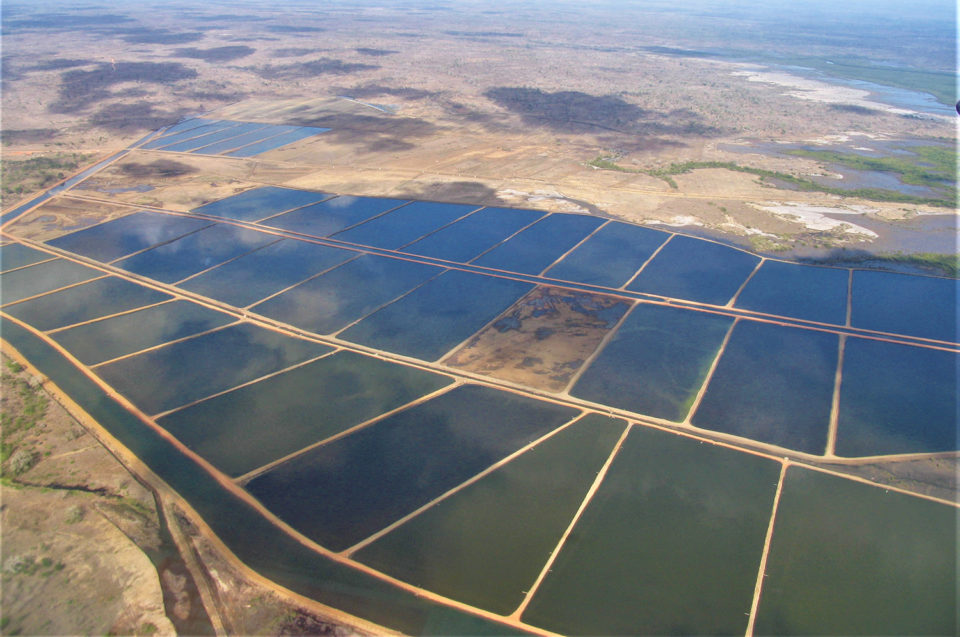
Science is a very powerful tool for understanding the true nature of how the world we live in functions. This knowledge, when used appropriately, can have dramatic impacts on human welfare. Unfortunately, it can be challenging for the layman and even for many scientists to sort out what is real from what is not. It is estimated by some that 50 percent or more of the papers published in peer reviewed, scientific journals are not reproducible. Publishing for the sake of publishing has become the norm and far too often corporations with questionable ethics cite the results from studies to support sales of products that have no real cost benefit.
As some terms become increasingly visible, they end up being used in ad and promotional campaigns with the inevitable result that they lose meaning and end up as a part of the puffery that has become the norm for many marketing campaigns. One of these terms is the word microbiome.
What is a microbiome?
The term microbiome can be confusing as it is often used specifically in reference to what is present on or in an animal. The broadest definition acknowledges that it is not solely about animals but that it encompasses all aspects of the environment of which animals are but a single component. An encompassing definition of the term microbiome is “the total genomes of all of the bacteria, bacteriophages, fungi, protozoa and viruses that are present in a specific environment.” This can be in and on an animal or a plant or even for that matter it can refer to any element of the environment including objects.
The term, when used in reference to aquaculture, typically has been used to refer to what is present in and on the external surfaces of any aquatic animal. It can also refer to the specific composition of individual elements of a production environment, such as the sediments, the water column, etc. Any given microbiome is really just a subset of a much larger ecosystem. It is often thought of as being what is in the gut of an animal when in reality the microbiome in the gut is a subset of a much larger microbiome.
While the data does suggest that one can bring about localized changes in the microbiome, to tout these changes as being permanent or for that matter anything more than tools to help potentially shift things in favor of the shrimp is naive at best and intended to mislead at worst.
The microbiome has been the subject of intense research accelerating rapidly over the last few years as a result of the development of tools that allow researchers to characterize what is present without culturing the organisms present. For many years this was the only tool available and many reached conclusions that were erroneous as we now know that a very small percentage of microorganisms can be cultured.
As the word microbiome falls into over-usage much like it has in the “eco,” “green” and “sustainable” realms, there will be many scientific papers that leave the reader with impressions that are inaccurate. One that seems to be appearing now is that the microbiome is in some manner static. Many authors are reporting on the composition of specific microbiomes as if they are static and even in some cases claims are being made that certain products bring about changes that are not just beneficial, but that are largely unaffected by externalities. This is misleading. It is unfortunate that poor-quality science seems to have taken front and center as to the potential benefits that can be derived from understanding the microbiome.
The microbiome is a dynamic, constantly evolving assemblage of organisms. It can be composed of thousands of species of bacteria as well as the bacterial viruses that we know are critical in controlling population levels and facilitating the exchange of genetic material. It will be changing all of the time in response to inputs and outputs.
Microbiome management: not quite, not yet
The ability to manipulate the microbiome to reduce the stress the animals are under and inure them to the presence of pathogens – and in general to increase productivity – is being touted as a solution to make up for poor biosecurity. Those that are advocating this are not addressing the fact that the microbiome is not stable. The assemblages of the microbes that make up any given microbiome, by their very nature, are going to be in a constantly evolving state as most ecosystems are in a state of constant change.
Focusing on shrimp farming, as an example, the typical paradigm is outdoor culture exposed to the elements. Controlled inputs are the shrimp themselves, nutrients that are added, such as feed, but also carbohydrate additions and large amounts of snake oil products that farmers routinely use that may have little or no impact on the animals. As shrimp grow, they molt, defecate and some die. This adds to the pool of nutrients. Water may or may not be exchanged. This too may add nutrients. Often complex multi-level ecosystems also develop in response to these nutrient inputs as well. Any illusion that inputs are controlled is just that: an illusion. Microbiomes evolve in response to inputs and their very nature is such that there is a continual battle for dominance among the components.
Weakened animals can be killed by opportunistic pathogens, many of which are not inherently virulent. No microbiome manipulation will change this.
These have broad-ranging impacts on a given microbiome’s development. We are still in the early stages of having an in-depth understanding of how all of these factors interact to impact this. There are some that would have you think that the microbiome is stable and unchanging and that their products change it in a way that is consistently favorable. We know that this is not the case. It is far from being this simple, and while the data does suggest that one can bring about localized changes in the microbiome, to tout these changes as being permanent or for that matter anything more than tools to help potentially shift things in favor of the shrimp is naive at best and intended to mislead at worst.
For aquatic animals, it has repeatedly been documented that for the most part what is in the gut is what is in the environment. With the advent of tools that allow scientists to determine what the composition of the microbiome, we can take snap shots but no motion pictures as of yet. This is leading to a lot of conclusions being made that are not accurate. Typically, these may be reflections of how the microbiome changes in response to inputs, the environment, the presence of other organisms, and likely other factors that we have yet to fathom. A snapshot might be useful but it more than likely does not reflect what one would see if one were mapping changes on a constant basis.
Observations that are based on what is occurring at a given moment might lead to some ideas about how the presence of certain organisms can apparently impact any number of different aspects of the host. The data to date strongly suggests, that, likely through the production of metabolites that act directly on the host or indirectly that act on other members of the microbiome or the host as well there will be a wide range of impacts, not all necessarily favorable.
We must not allow ourselves to be fooled into thinking that any changes we can bring about in the short term will automatically bring about meaningful benefits. The literature is full of observations of this nature, any number of which would have you believe that what they posit is a reflection of reality. The constantly changing nature of these complex assemblages of microbes makes it highly unlikely that what we note in our snapshots is anything but a short-term perspective of what is occurring.
Perspectives
We are still in the early stages of sorting out how myriad variables that are a common element in shrimp and fish farming impact the microbiome in the animal and the environment around them. If we produced these animals indoors in totally biosecure environments from cradle to grave and were able to control the inputs and outputs, then we might be able to end up with a more or less stable microbiome. However, I would question if this is needed in these systems unless it can be shown that animals grow quicker and are more likely to realize their genetic potential than not.
From an animal health standpoint, if these systems are run properly, pathogens generally are not going to be an issue, and having a microbiome that impacts the animals’ ability to deal with the presence of specific pathogens would seem to be a waste of resources.
Caveat emptor. Do not look for magic bullets to solve problems that are inherent in flawed methodologies of production. For shrimp farming, buying animals from nucleus breeding centers with long clean histories and endless testing of broodstock is the only way to keep pathogens out of your production systems. Do not rely on fixes that do not take this into account. Also bear in mind that stress is often what leads to increased susceptibility. Weakened animals can be killed by opportunistic pathogens, many of which are not inherently virulent. No microbiome manipulation will change this.
Now that you've reached the end of the article ...
… please consider supporting GSA’s mission to advance responsible seafood practices through education, advocacy and third-party assurances. The Advocate aims to document the evolution of responsible seafood practices and share the expansive knowledge of our vast network of contributors.
By becoming a Global Seafood Alliance member, you’re ensuring that all of the pre-competitive work we do through member benefits, resources and events can continue. Individual membership costs just $50 a year.
Not a GSA member? Join us.
Author
-
Stephen G. Newman, Ph.D.
President and CEO
Aquaintech Inc.
Lynnwood WA, USA
www.probioticsaquaculture.com[109,111,99,46,104,99,101,116,45,110,105,45,97,117,113,97,64,109,119,101,110,103,115]
Tagged With
Related Posts
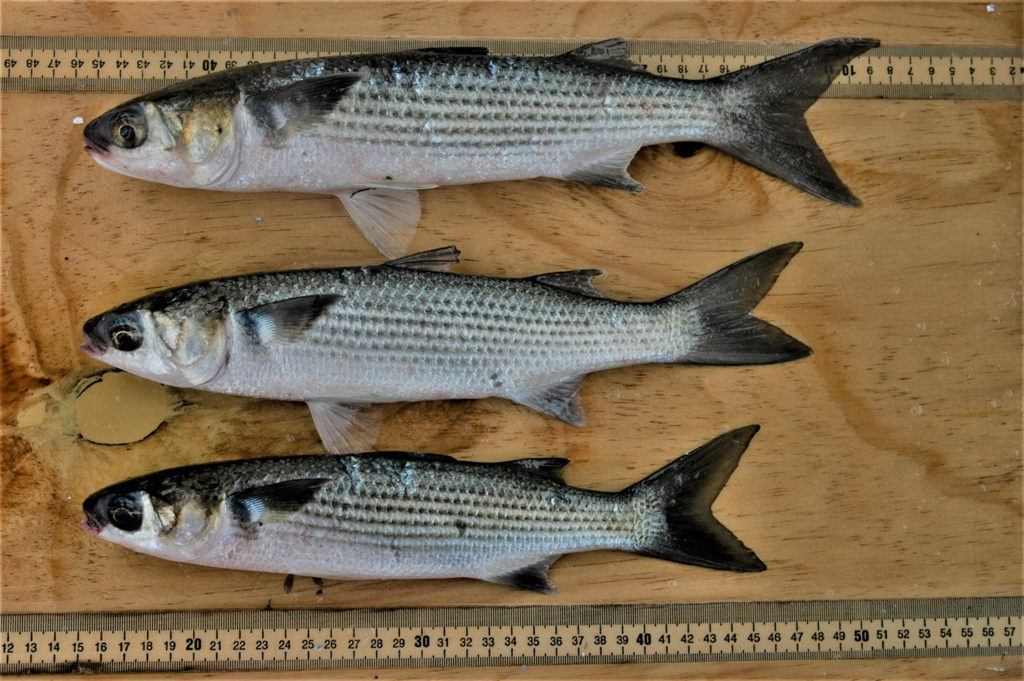
Aquafeeds
Mullet-based diets show promise as aquafeed ingredient
Findings of recent feeding trials with Siberian sturgeon and redfish demonstrate that mullet-based feeds can be substituted for traditional fishmeal resources.
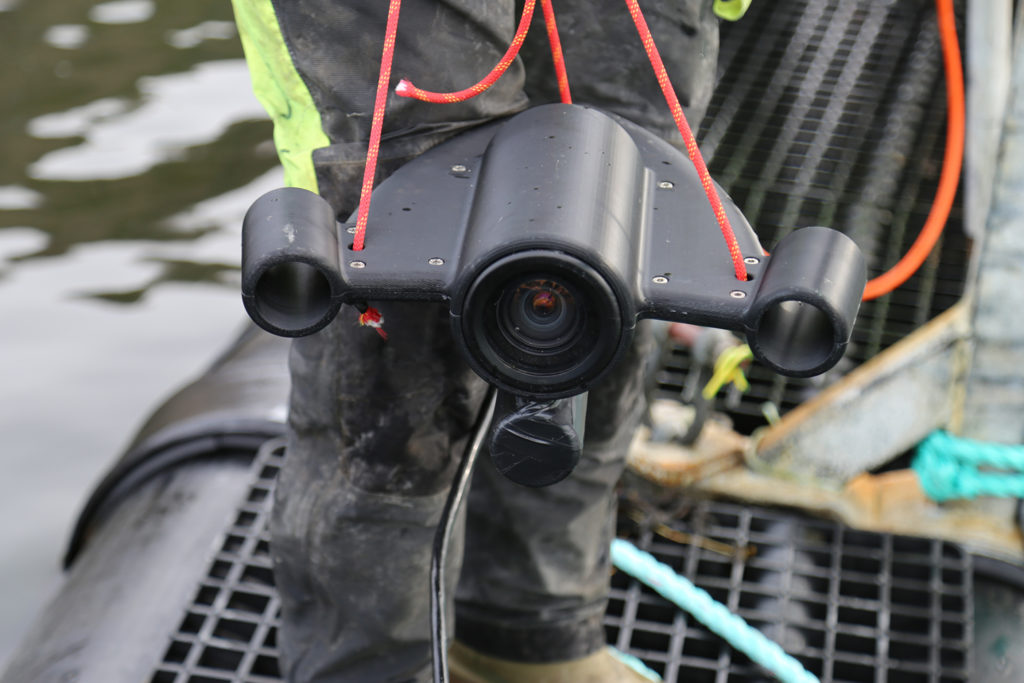
Innovation & Investment
New approaches to an age-old challenge: sea lice
Innovations to combat sea lice are in the pipeline as ambitious new companies employ a combination of innovative technological and scientific methods.
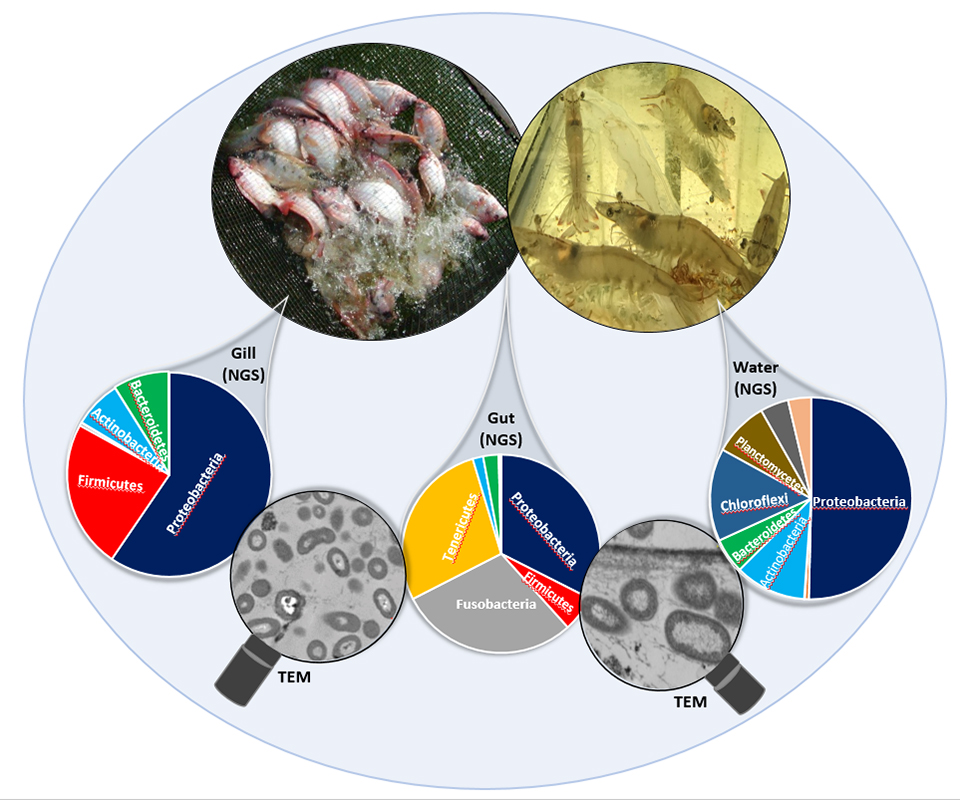
Health & Welfare
Small is big: Unlocking the hidden potential of microbes for aquaculture
Microbial populations have diverse roles – many still not fully understood – on aquaculture organisms, from the gut to the gills, and a better understanding of this hidden world could unlock a potential that may change the practice of aquaculture altogether.
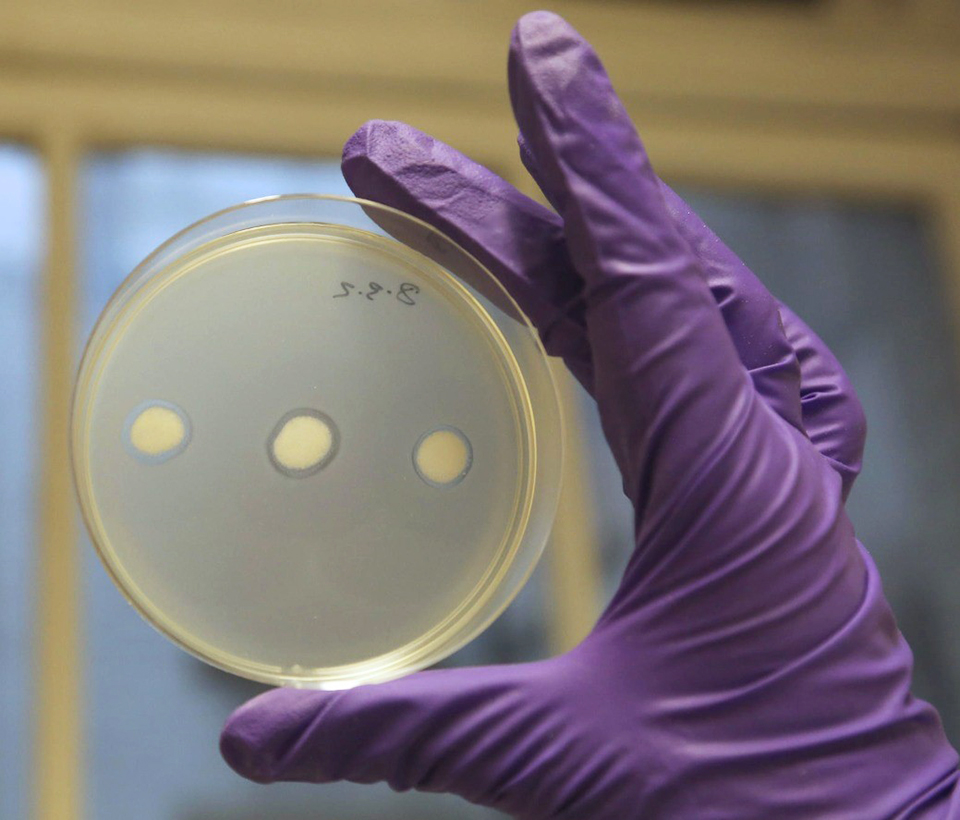
Innovation & Investment
Scottish firm honing bacteriophages into aquaculture-disease assassins
Scottish biotech firm Fixed Phage aims to bottle the powers of bacteriophages to deploy these “bacteria killers” on some of the world’s most destructive aquaculture diseases.


